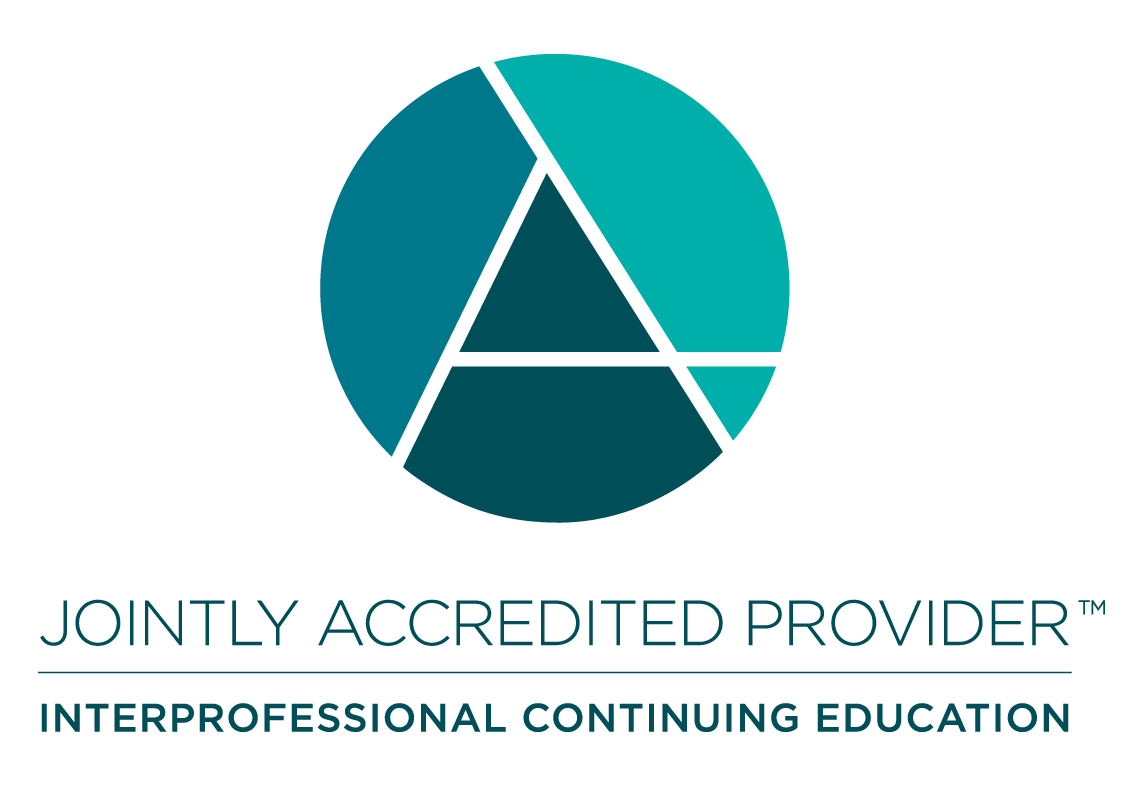University of Pittsburgh Health Sciences eLearning Environment Internet-based Studies in Education and Research
 INTRODUCTION
INTRODUCTION
 10/05/2023 Anesthesiology Journal Club - Hypotension-Avoidance Versus Hypertension-Avoidance Strategies in Noncardiac Surgery
10/05/2023 Anesthesiology Journal Club - Hypotension-Avoidance Versus Hypertension-Avoidance Strategies in Noncardiac Surgery
 QUIZ
QUIZ
 EVALUATION
EVALUATION
 CERTIFICATE
CERTIFICATE
Credit Hours: CME 1.00
Anesthesiologists and anesthesiologists-in-training and other anesthesia professionals, nurse anesthetists and anesthesia assistants.
Upon completion of this activity, participants should be able to:
- Identify the existing literature and evidence behind various perioperative blood pressure management strategies
- Identify the associated consequence of perioperative hypotension
- Explain the findings of the POISE-3 trial and the targeted strategies for blood pressure management
Suggested Additional Reading
- Vafi Salmasi, Kamal Maheshwari, Dongsheng Yang, Edward J. Mascha, Asha Singh, Daniel I. Sessler, Andrea Kurz; Relationship between Intraoperative Hypotension, Defined by Either Reduction from Baseline or Absolute Thresholds, and Acute Kidney and Myocardial Injury after Noncardiac Surgery: A Retrospective Cohort Analysis. Anesthesiology 2017; 126:47–65
- Daniel I. Sessler, Christian S. Meyhoff, Nicole M. Zimmerman, Guangmei Mao, et al. Period-dependent Associations between Hypotension during and for Four Days after Noncardiac Surgery and a Composite of Myocardial Infarction and Death: A Substudy of the POISE-2 Trial. Anesthesiology 2018; 128:317–327
- Victor G. B. Liem, Sanne E. Hoeks, Kristin H. J. M. Mol, Jan Willem Potters, Frank Grüne, Robert Jan Stolker, Felix van Lier; Postoperative Hypotension after Noncardiac Surgery and the Association with Myocardial Injury. Anesthesiology 2020; 133:510–522.
Joint Accreditation Statement:

In support of improving patient care, the University of Pittsburgh is jointly accredited by the Accreditation Council for Continuing Medical Education (ACCME), the Accreditation Council for Pharmacy Education (ACPE), and the American Nurses Credentialing Center (ANCC), to provide continuing education for the healthcare team.
The University of Pittsburgh School of Medicine designates this enduring material activity for a maximum of 1.0 AMA PRA Category 1 Credit™. Each physician should only claim credit commensurate with the extent of their participation in the activity.
Other health care professionals will receive a certificate of attendance confirming the number of contact hours commensurate with the extent of participation in this activity.
No planners, members of the planning committee, speakers, presenters, authors, content reviewers and/or anyone else in a position to control the content of this education activity have relevant financial relationships to disclose.
No planners, members of the planning committee, speakers, presenters, authors, content reviewers and/or anyone else in a position to control the content of this education activity have relevant financial relationships to disclose.
No planners, members of the planning committee, speakers, presenters, authors, content reviewers and/or anyone else in a position to control the content of this education activity have relevant financial relationships to disclose.
No planners, members of the planning committee, speakers, presenters, authors, content reviewers and/or anyone else in a position to control the content of this education activity have relevant financial relationships to disclose.
This activity is approved for AMA PRA Category 1 Credit™
The University of Pittsburgh is an affirmative action, equal opportunity institution.